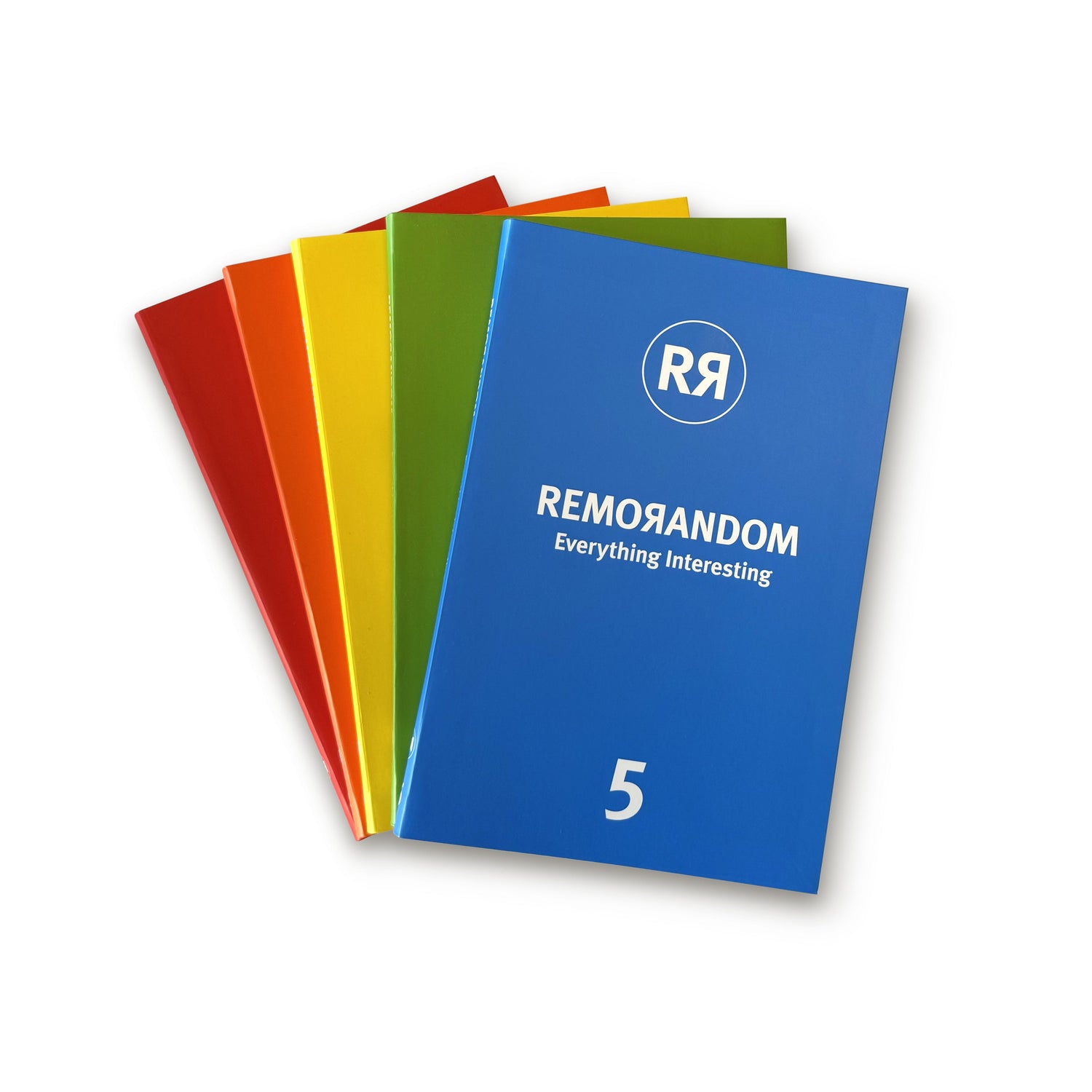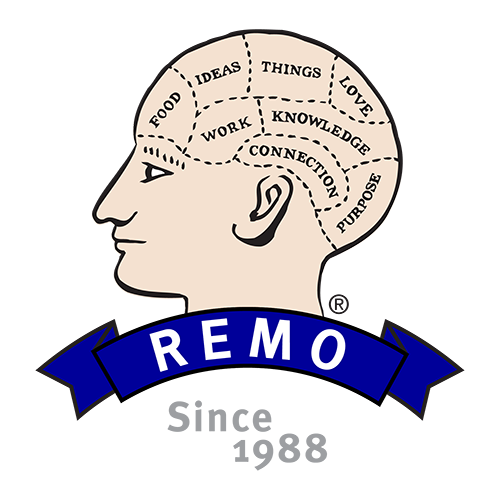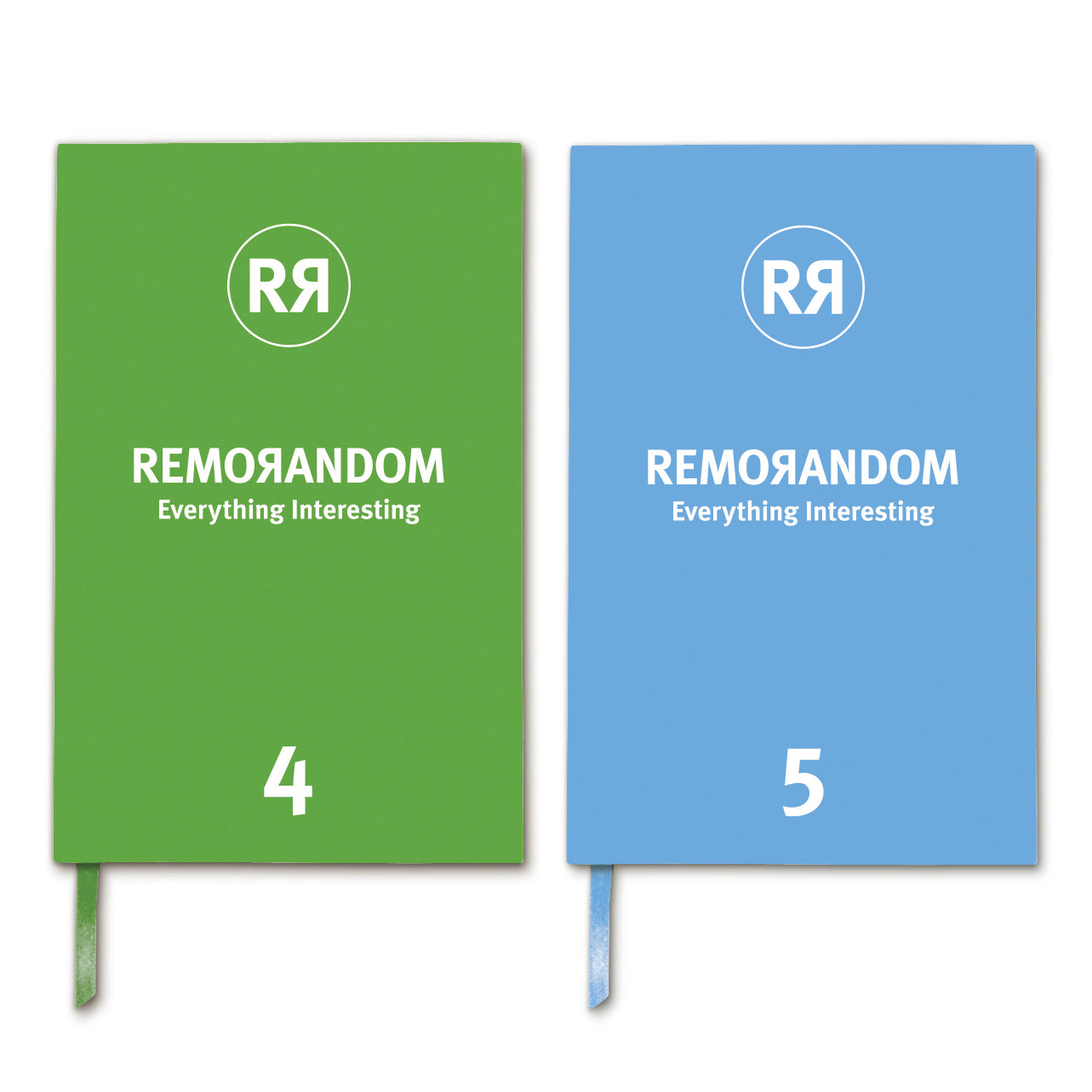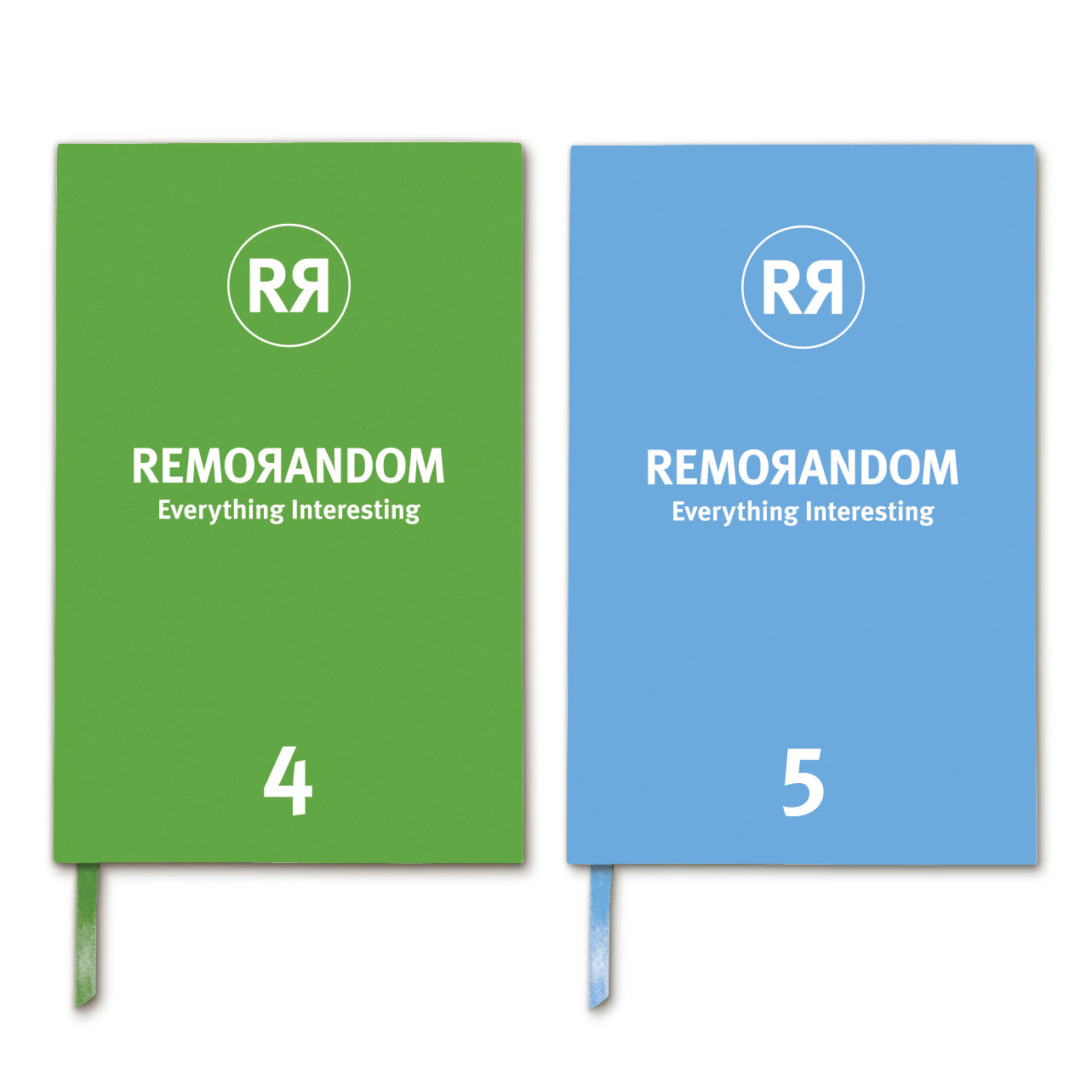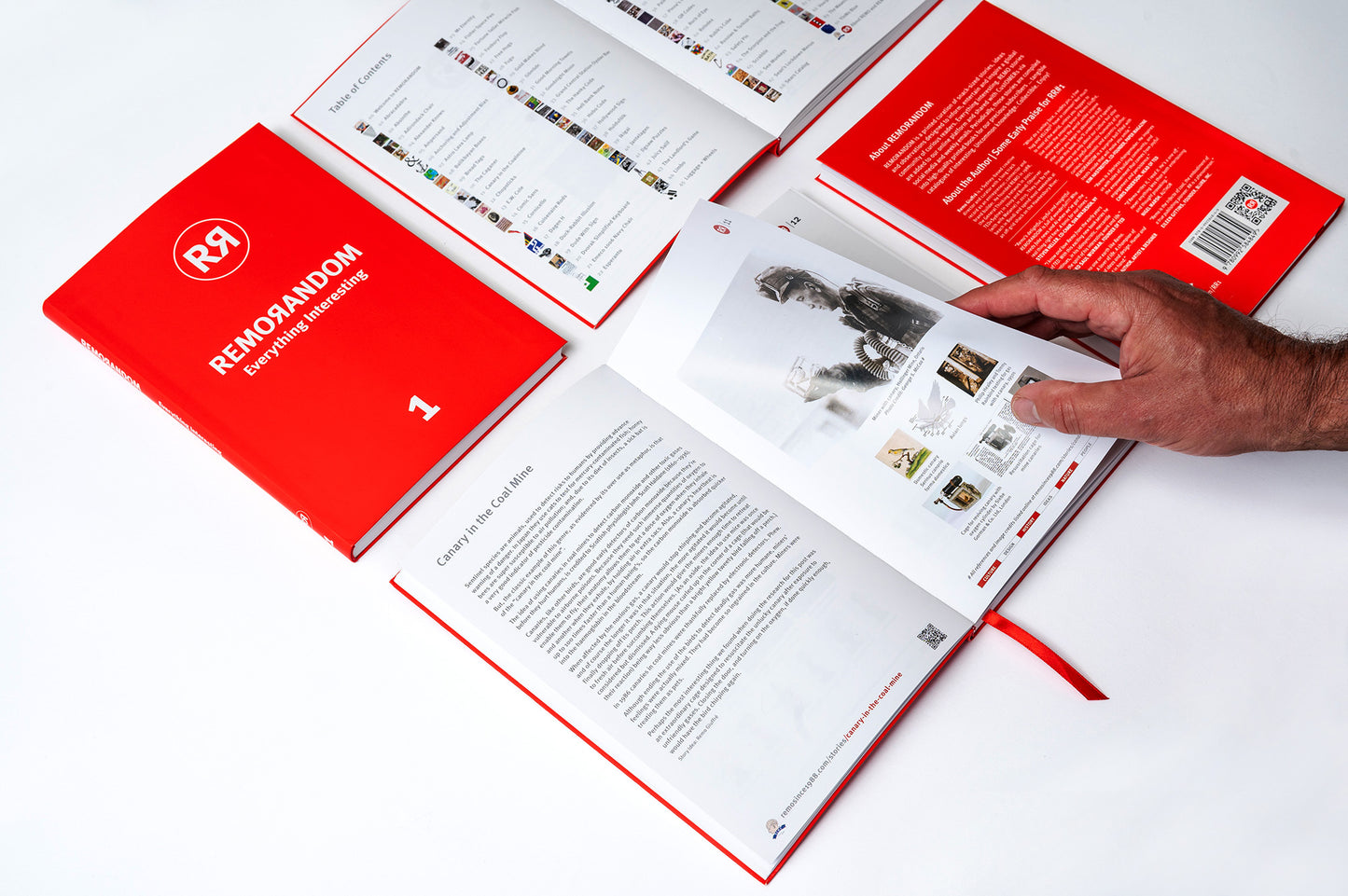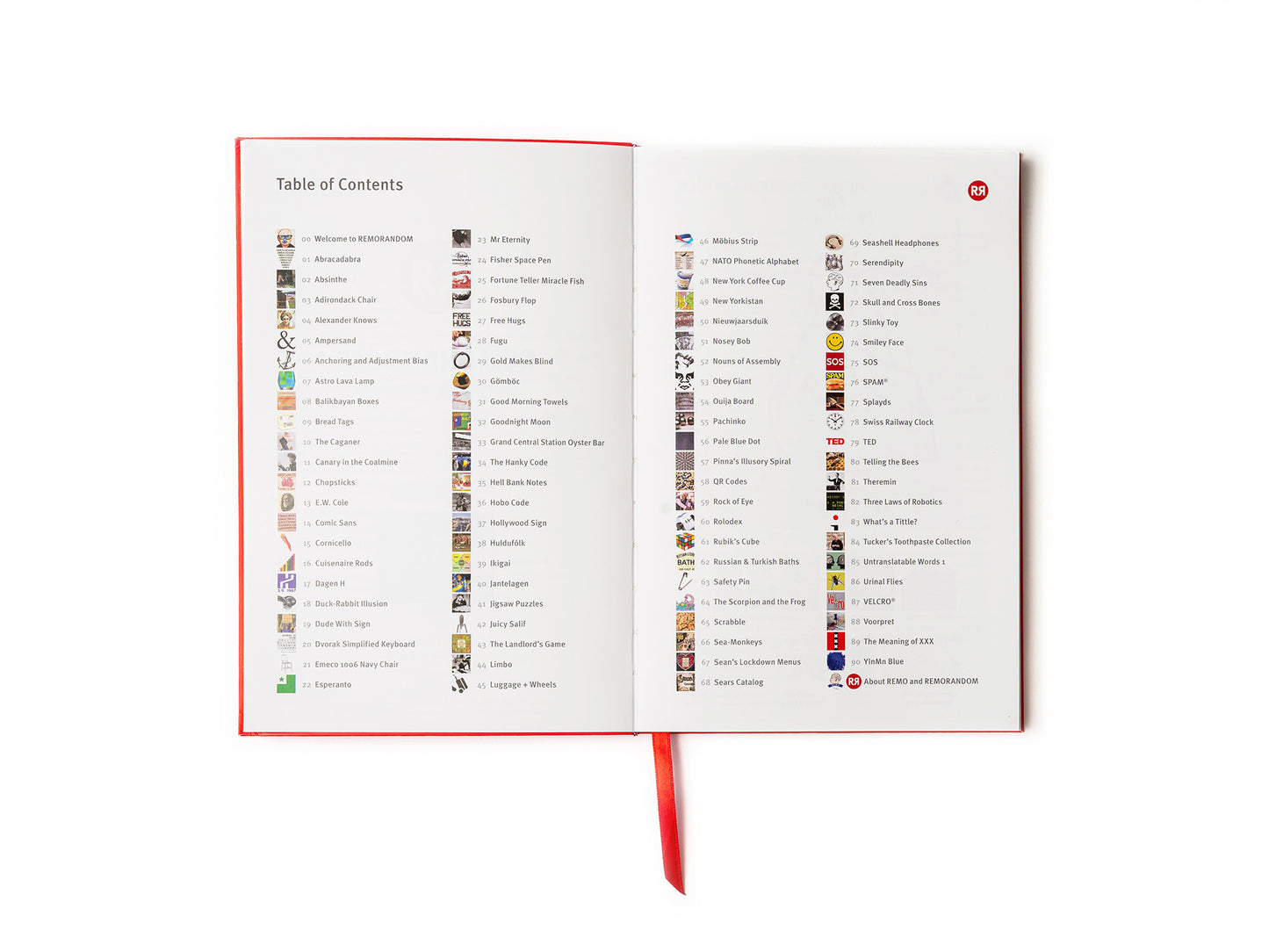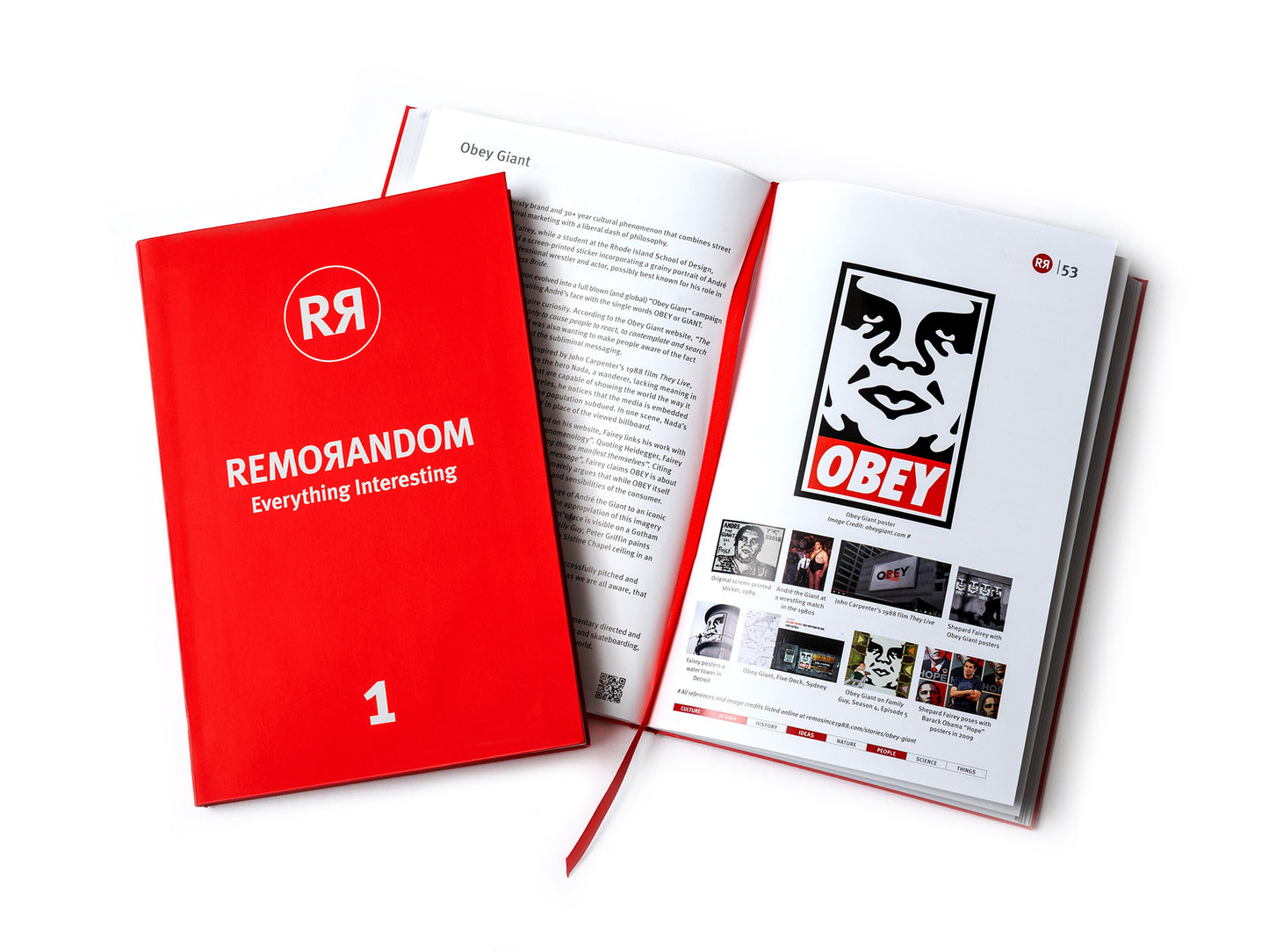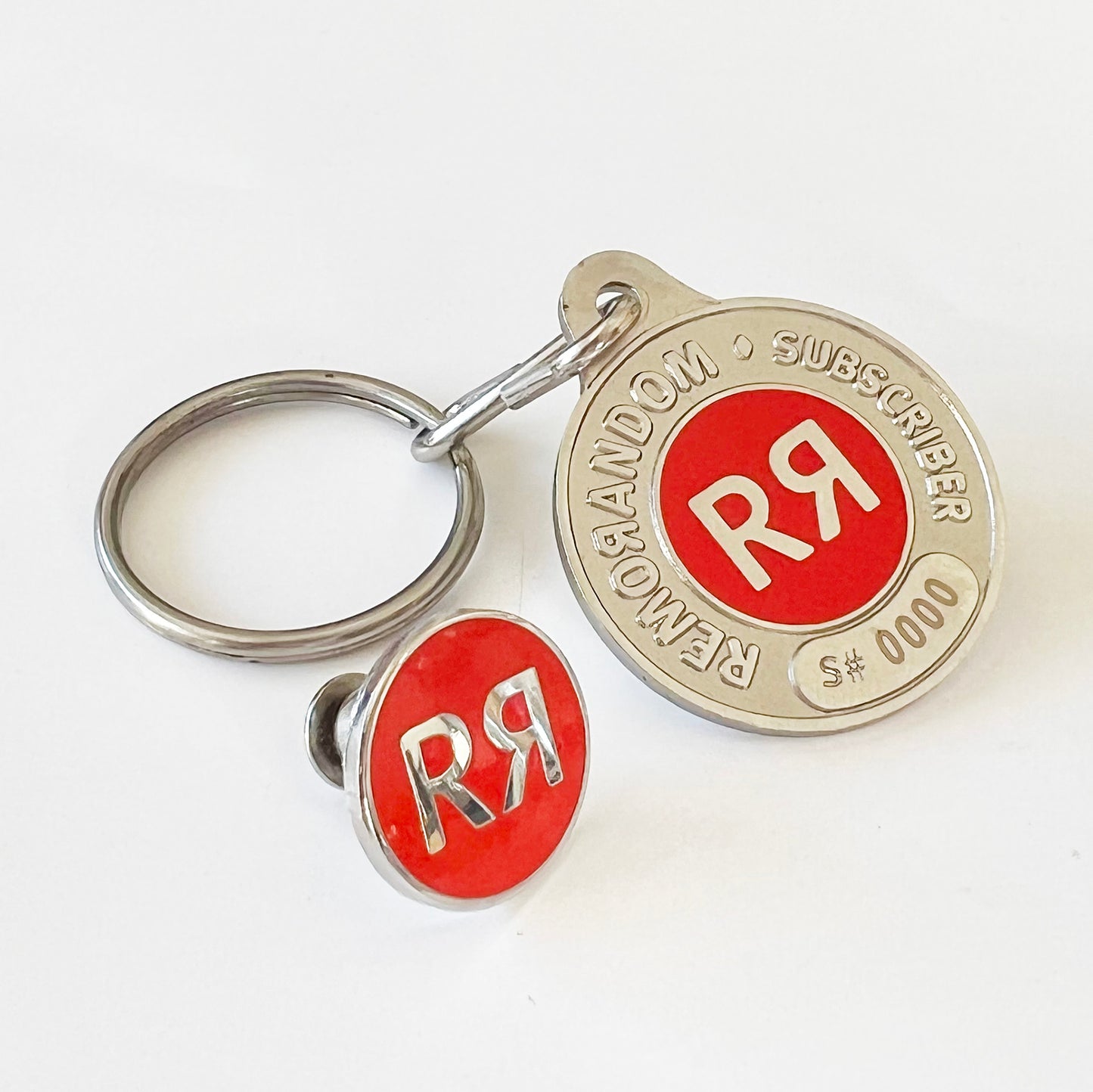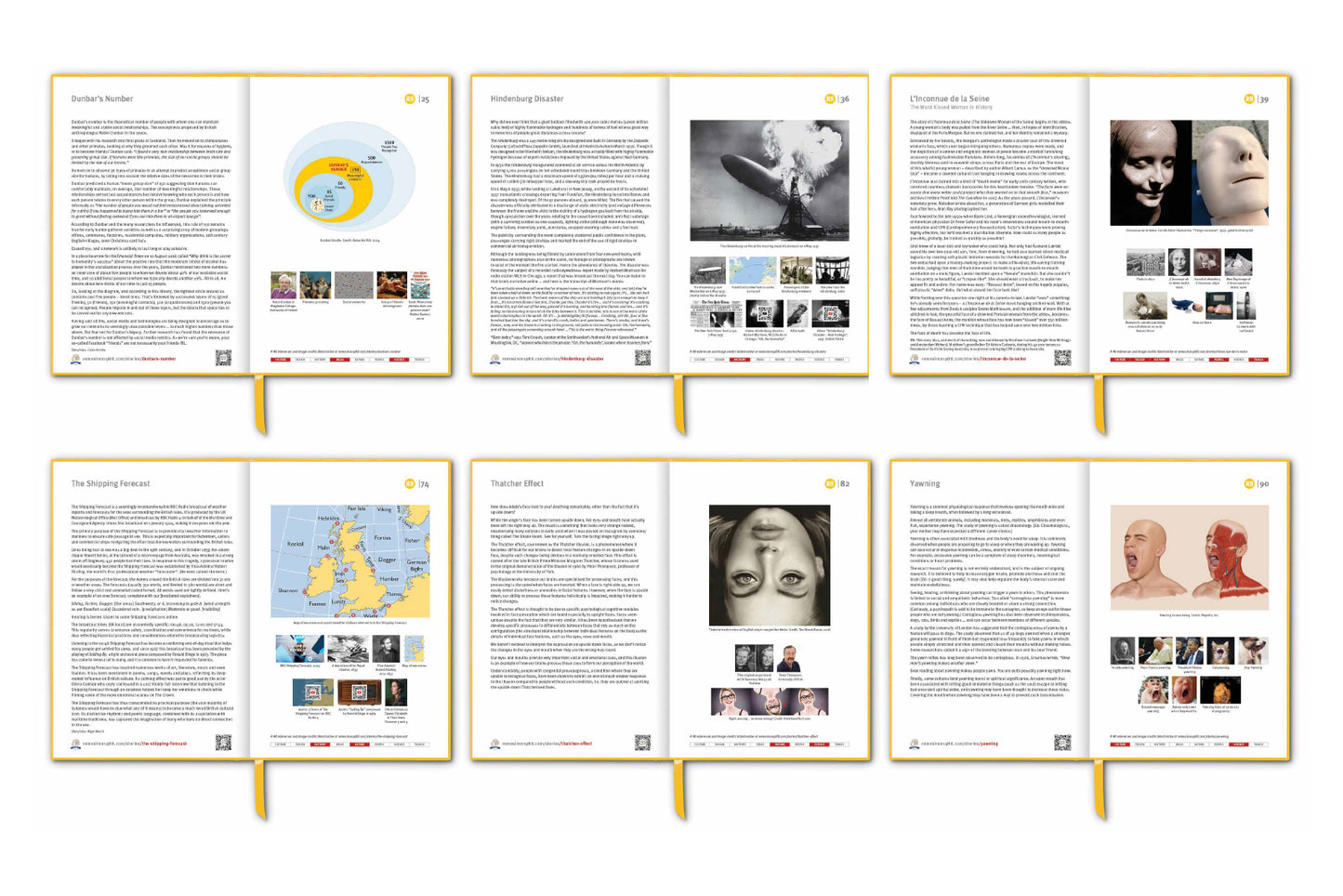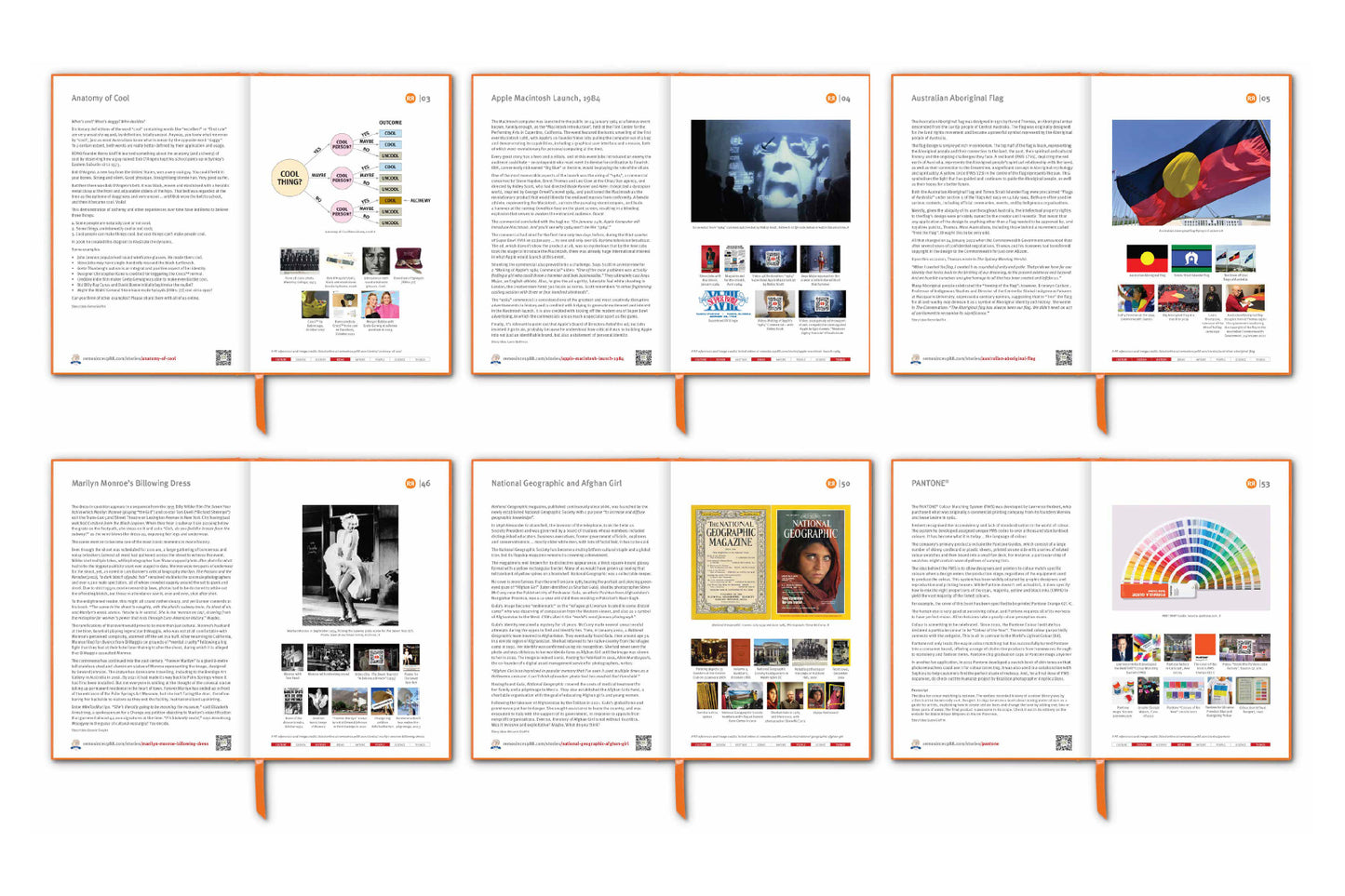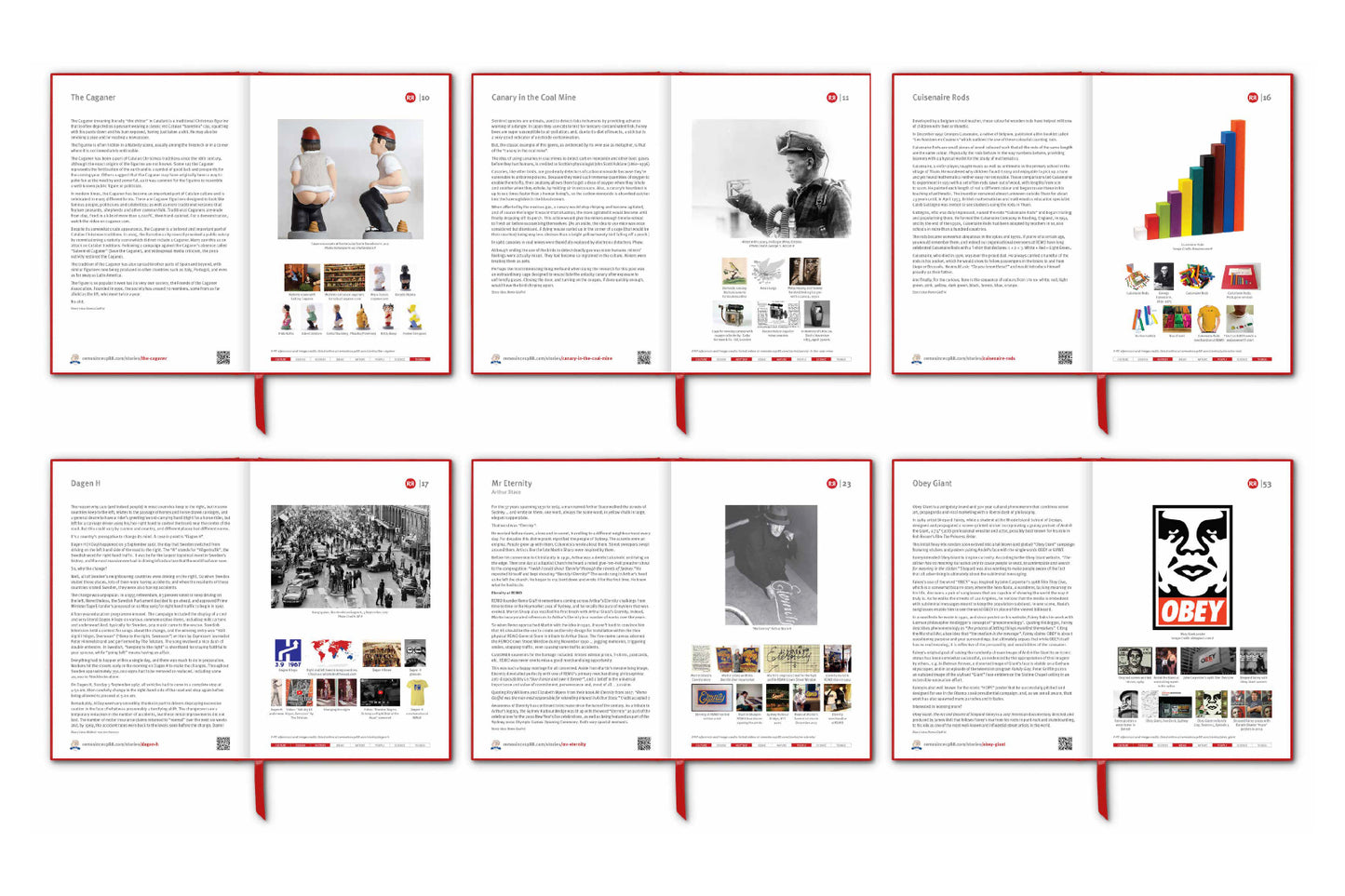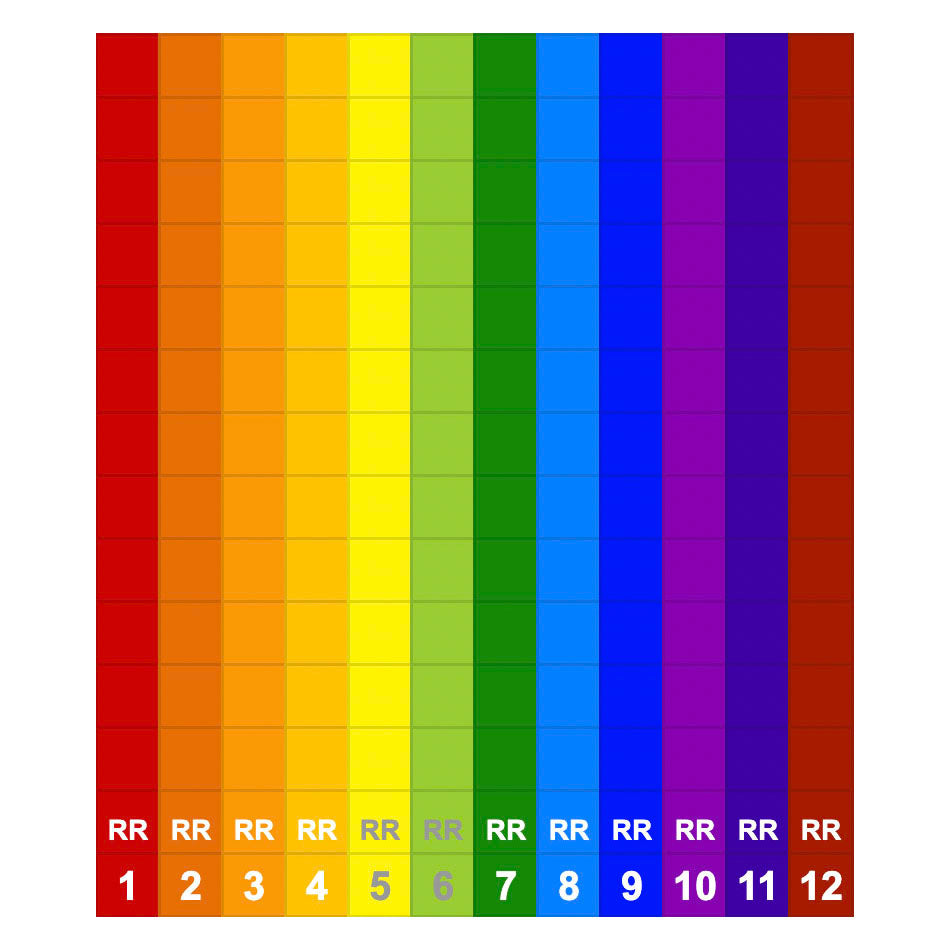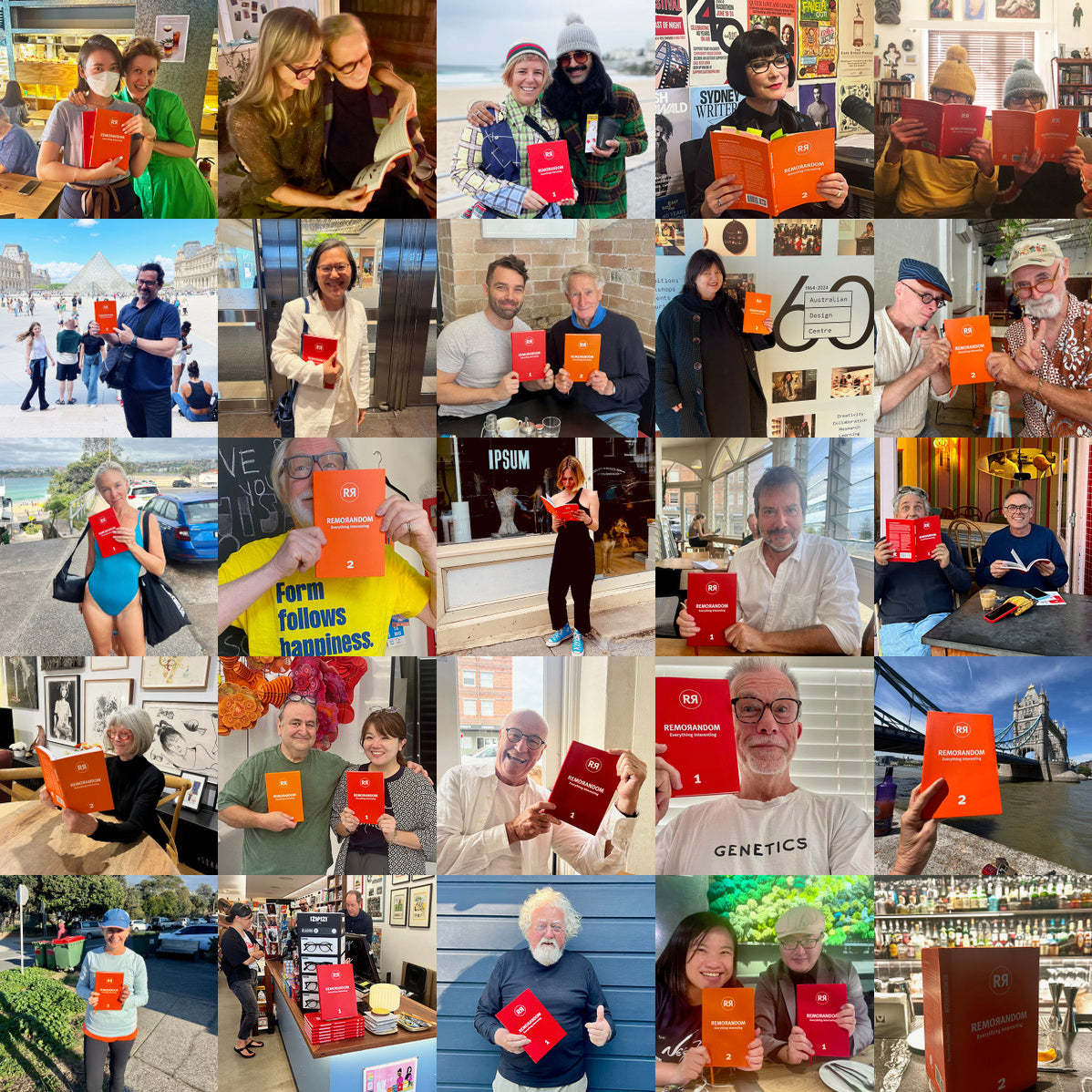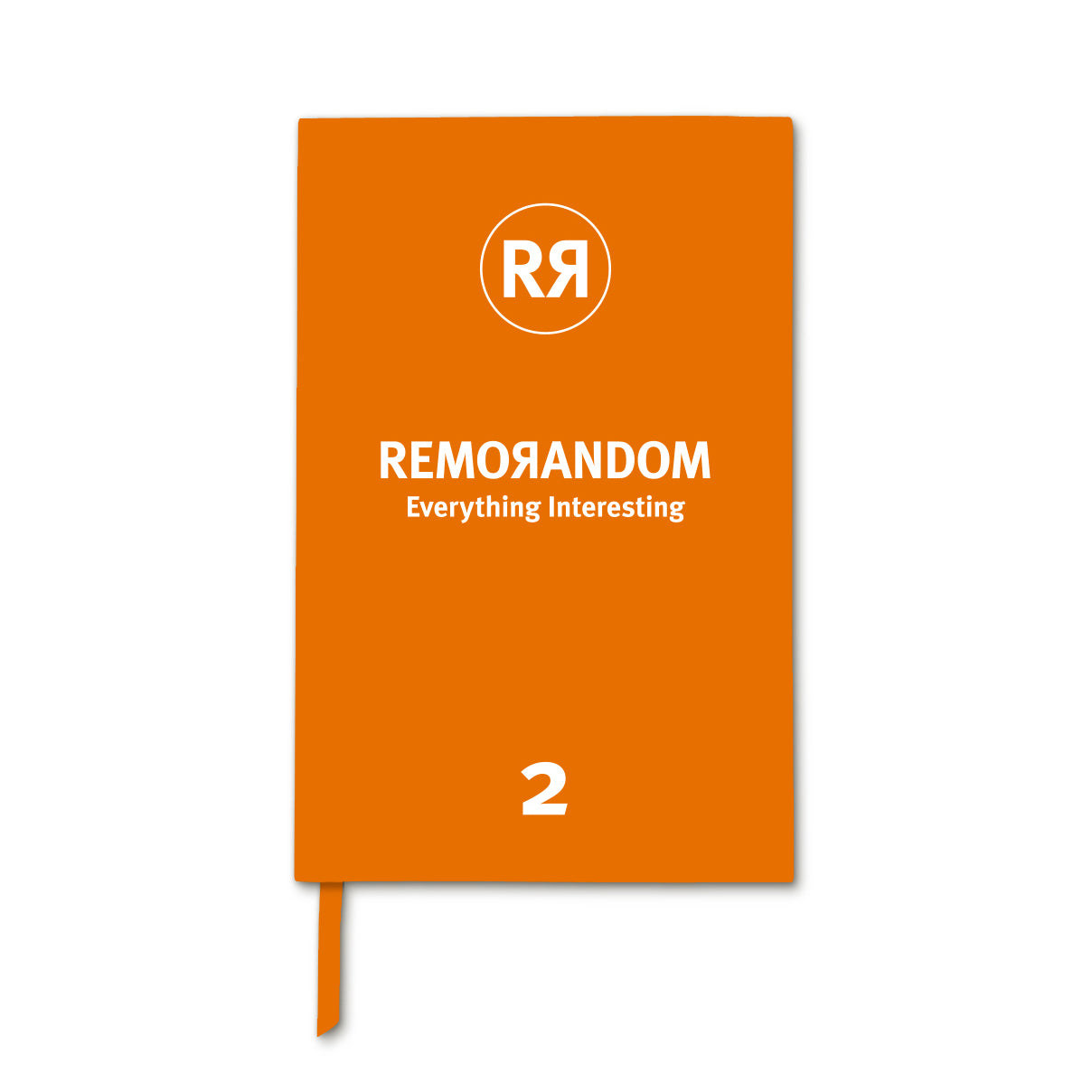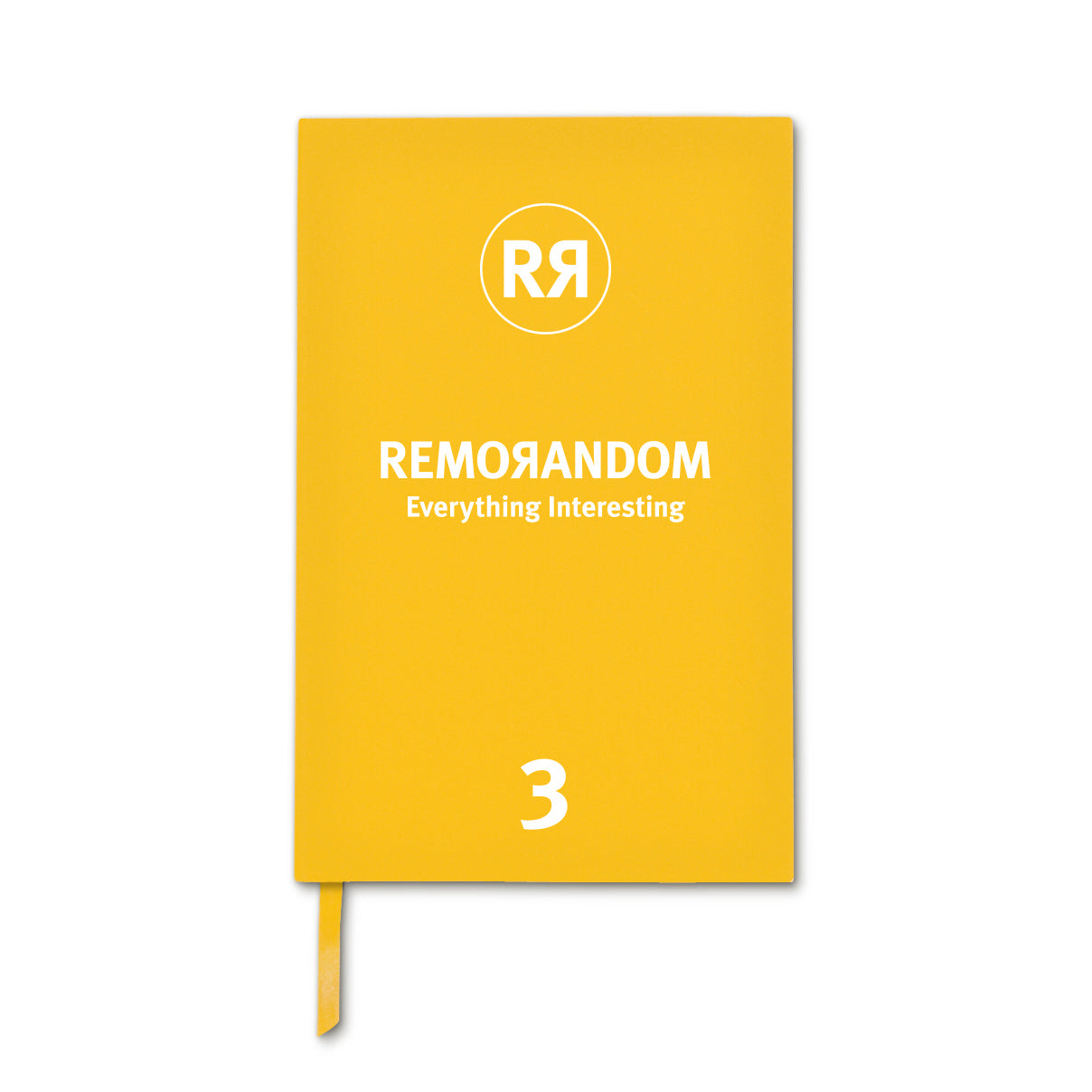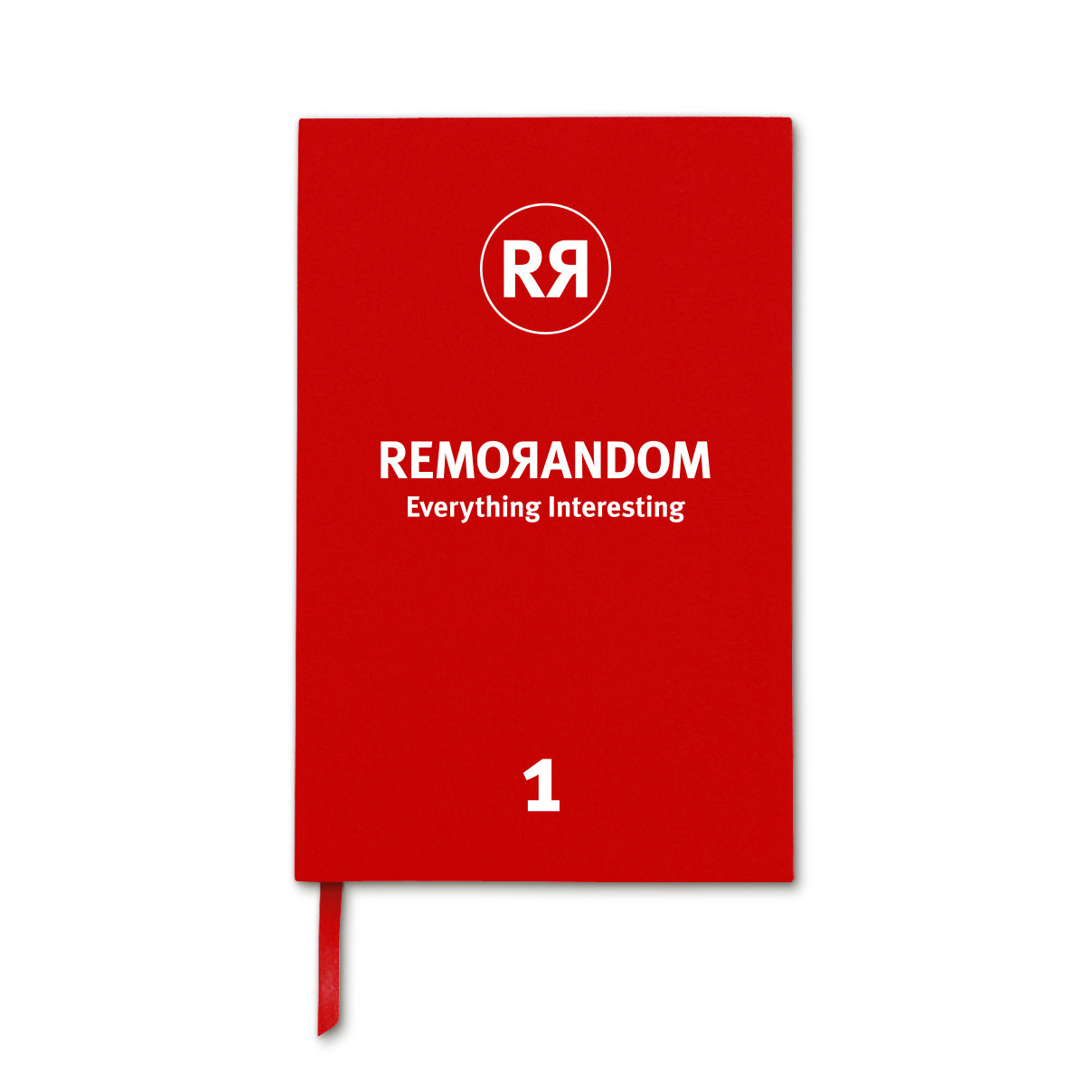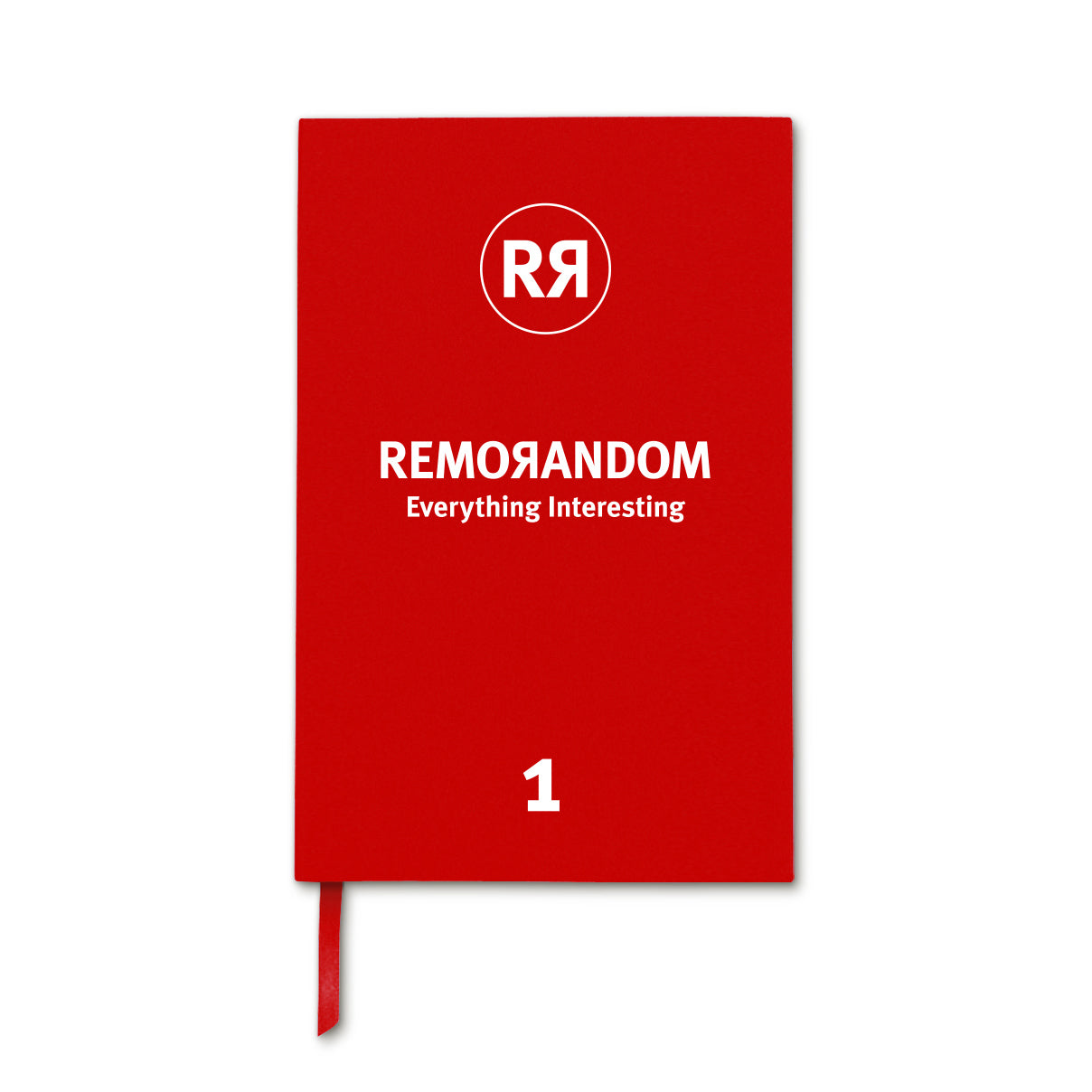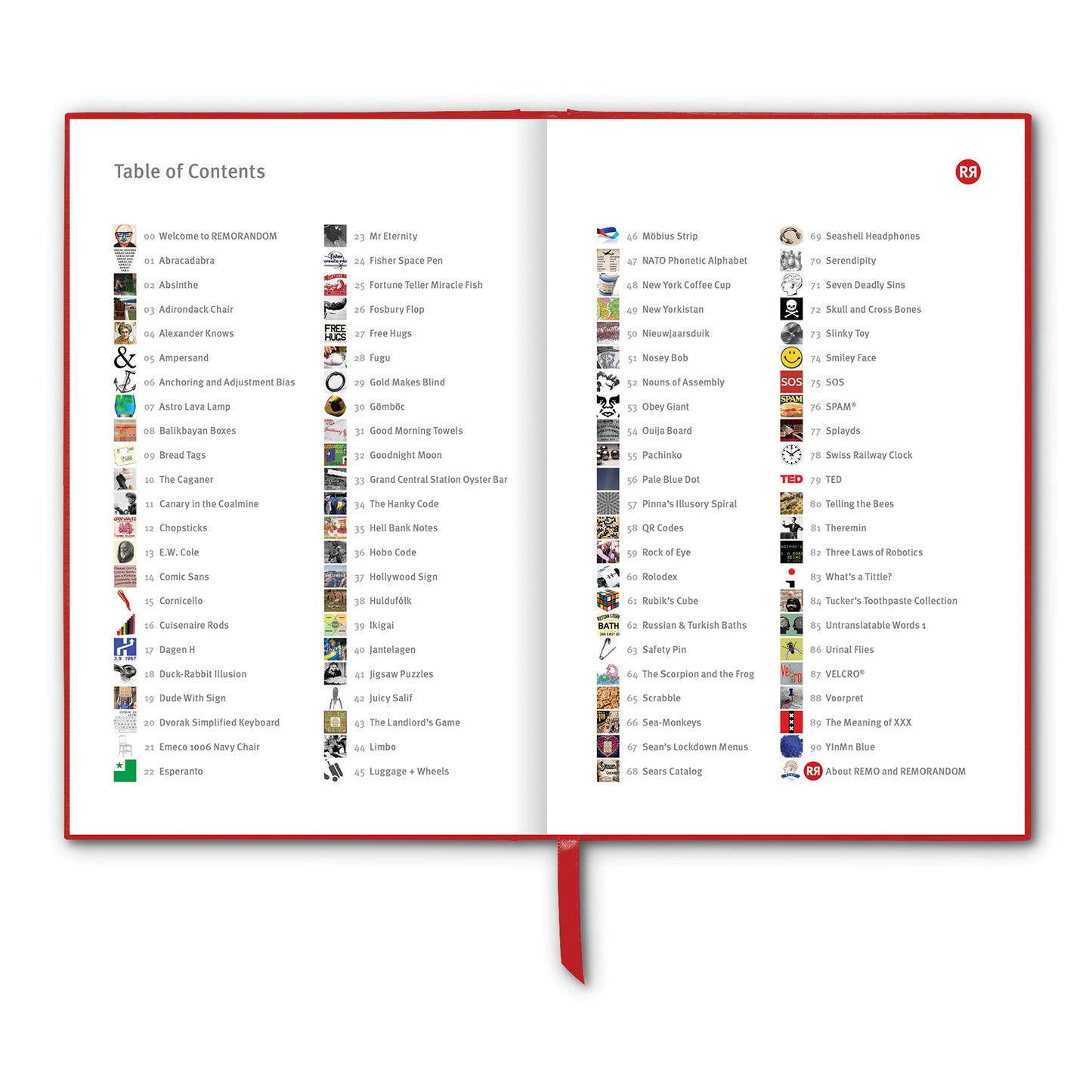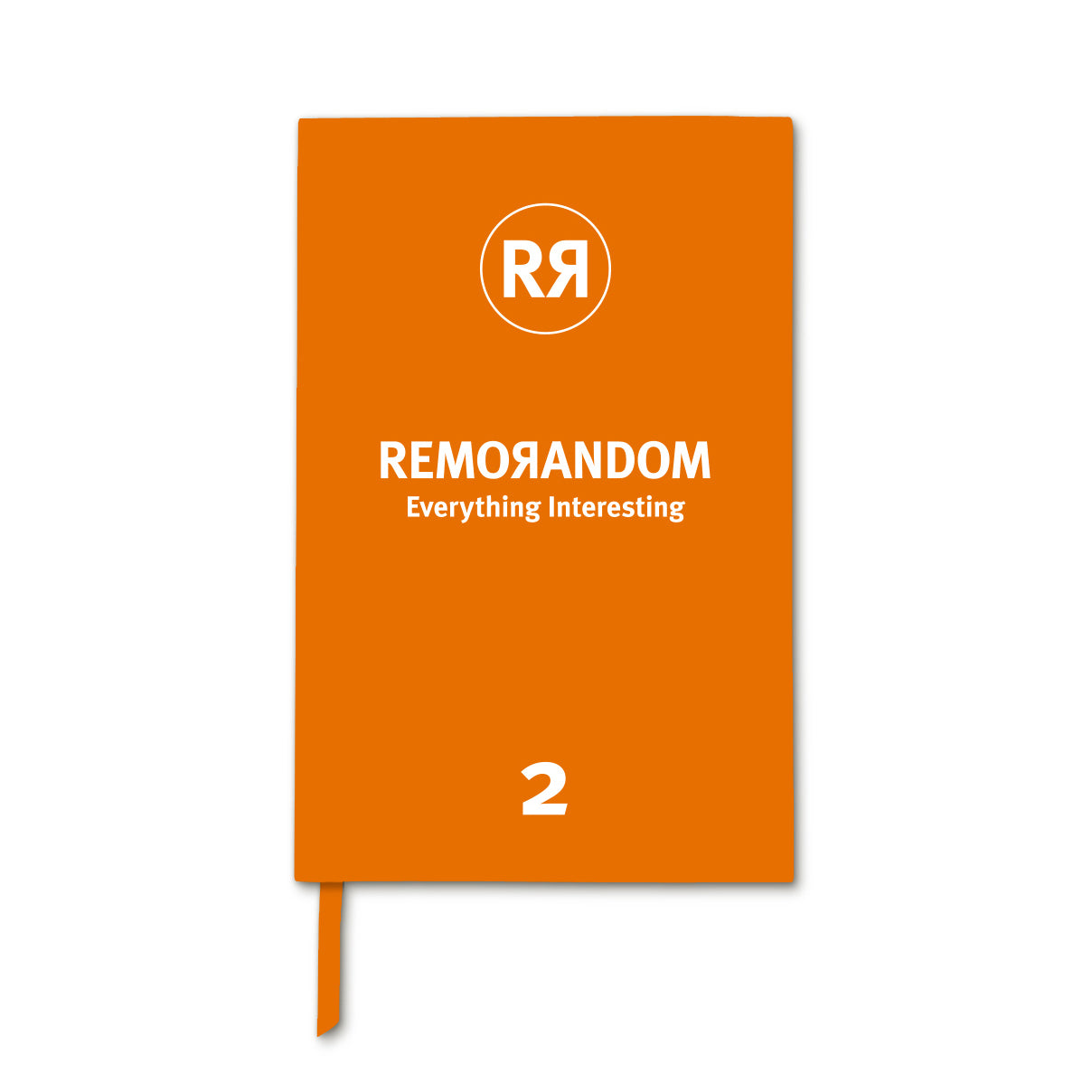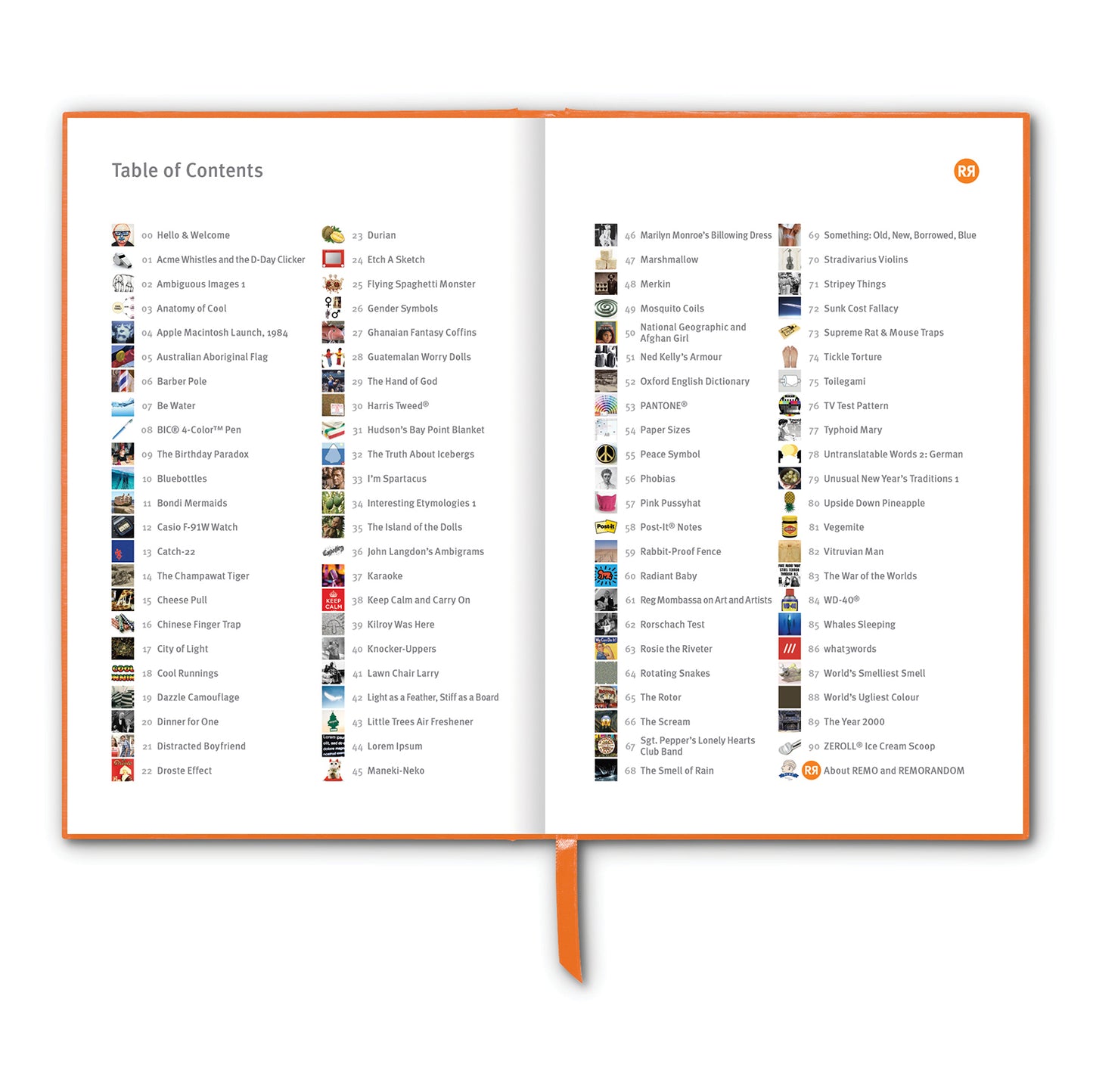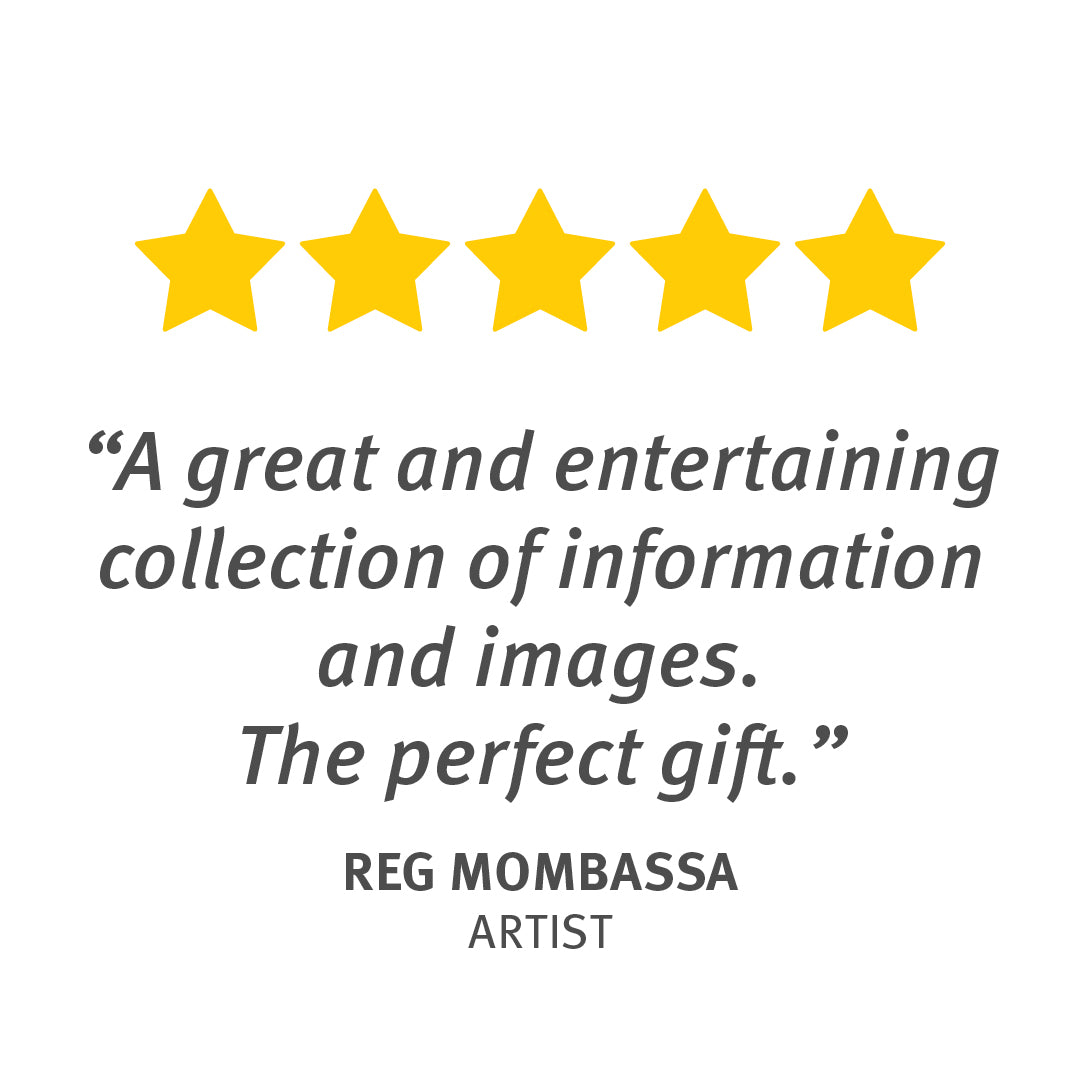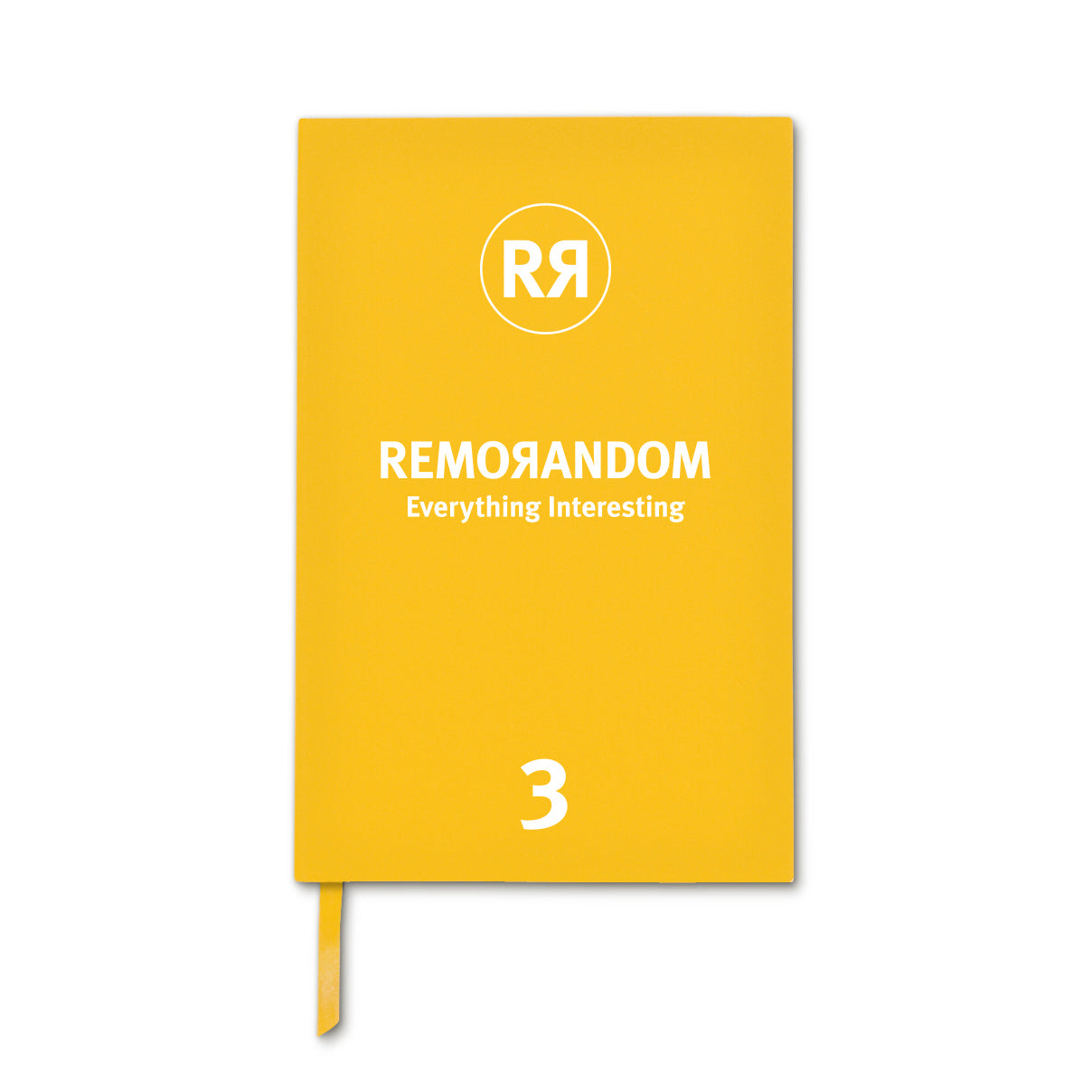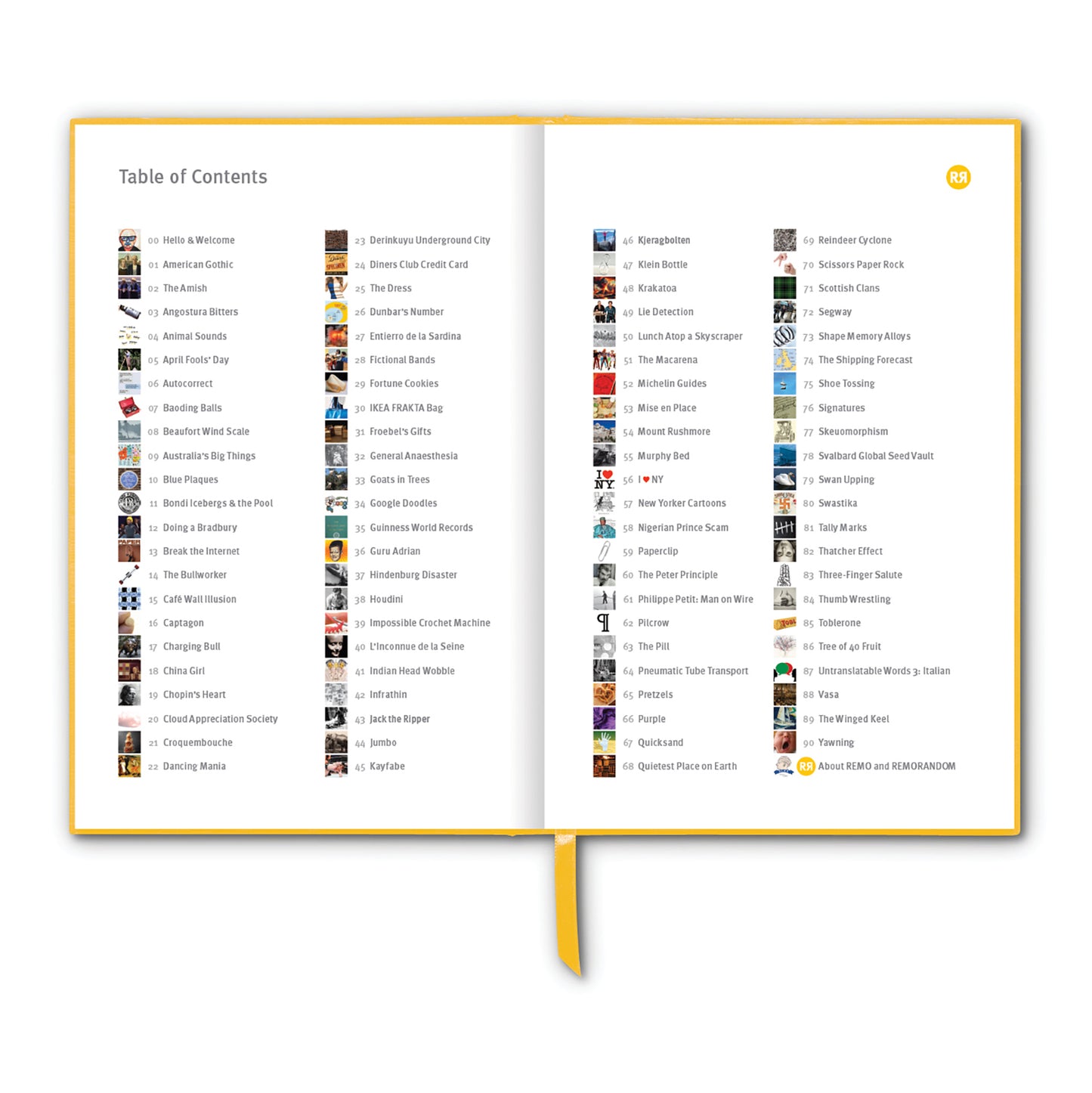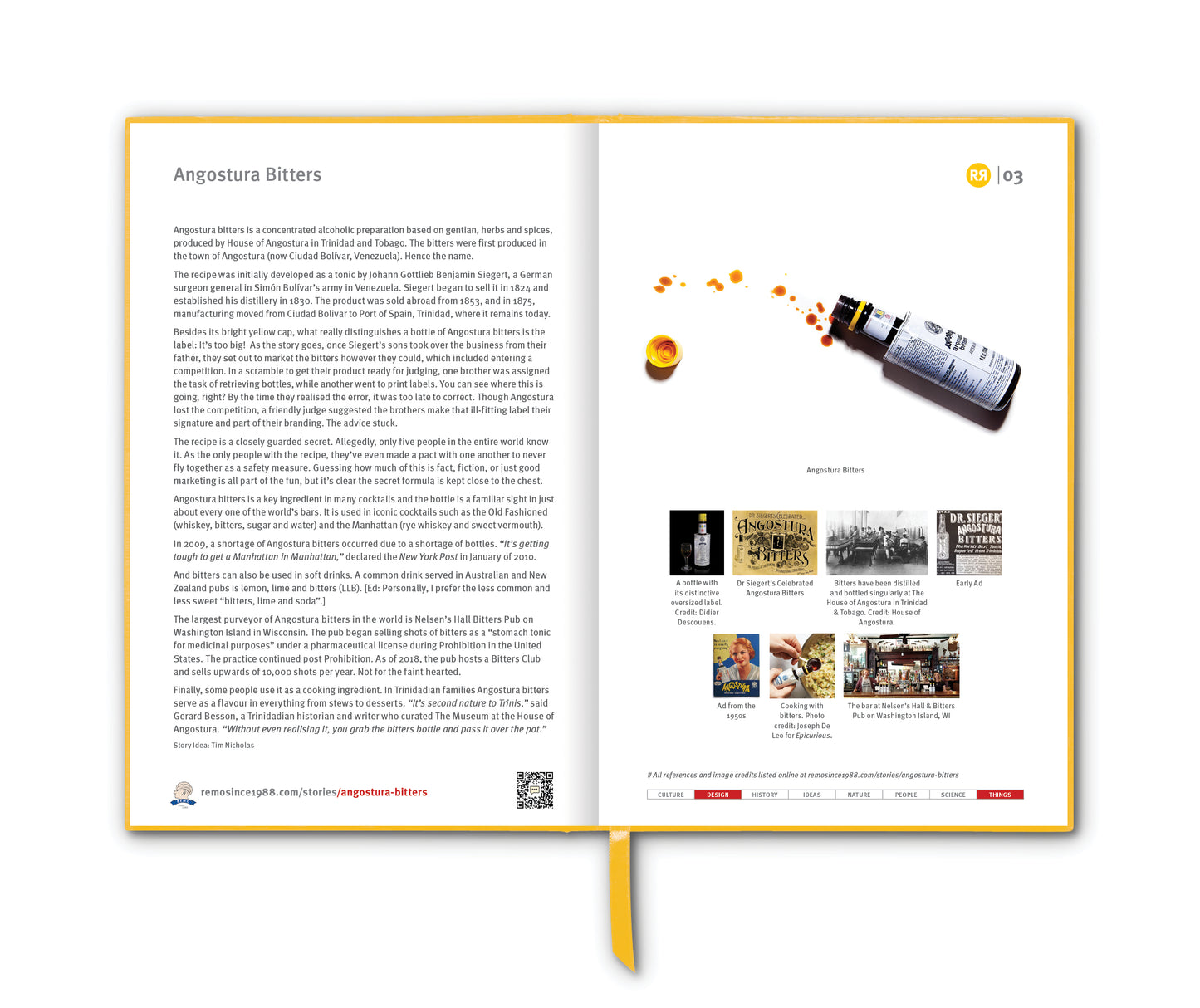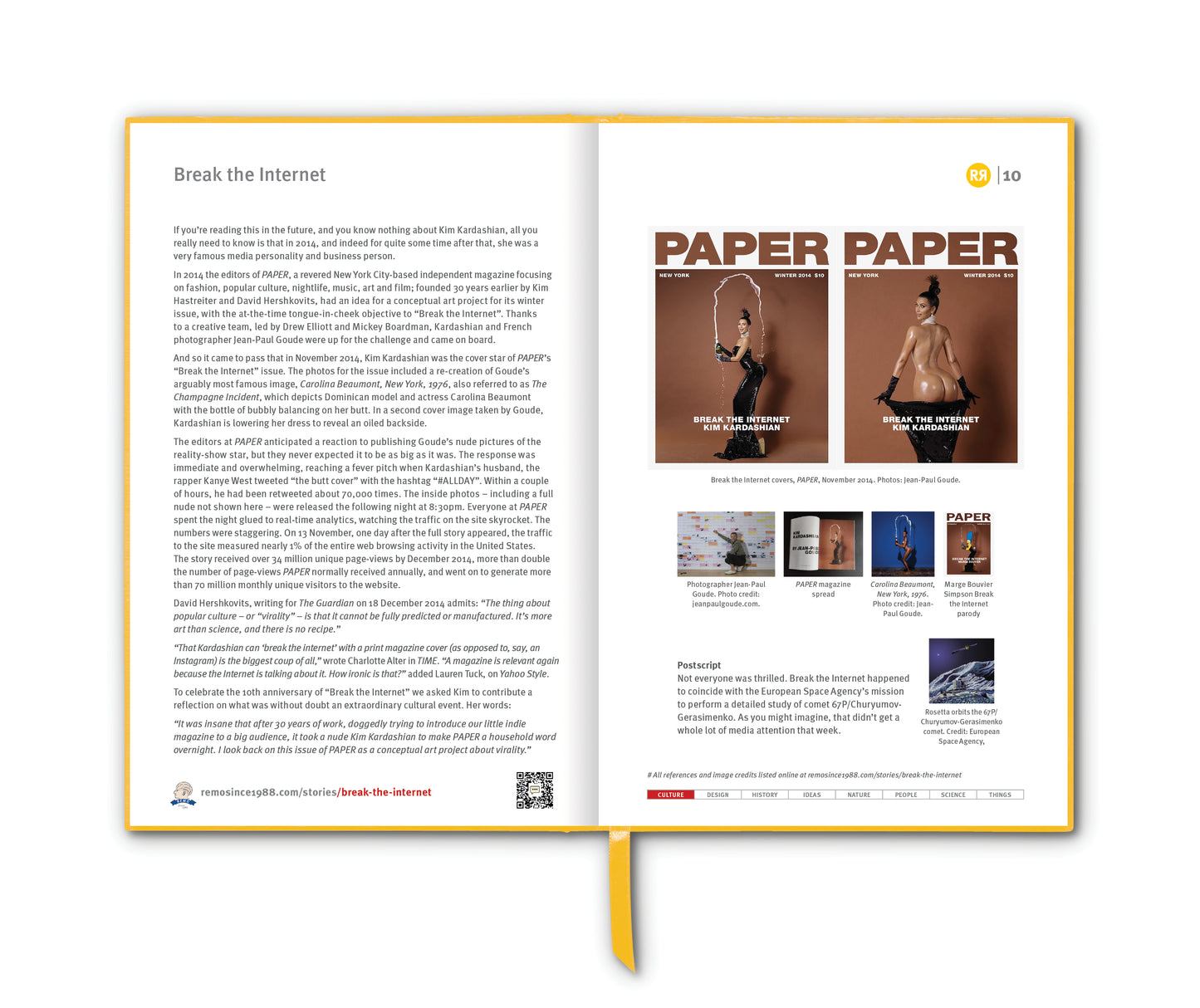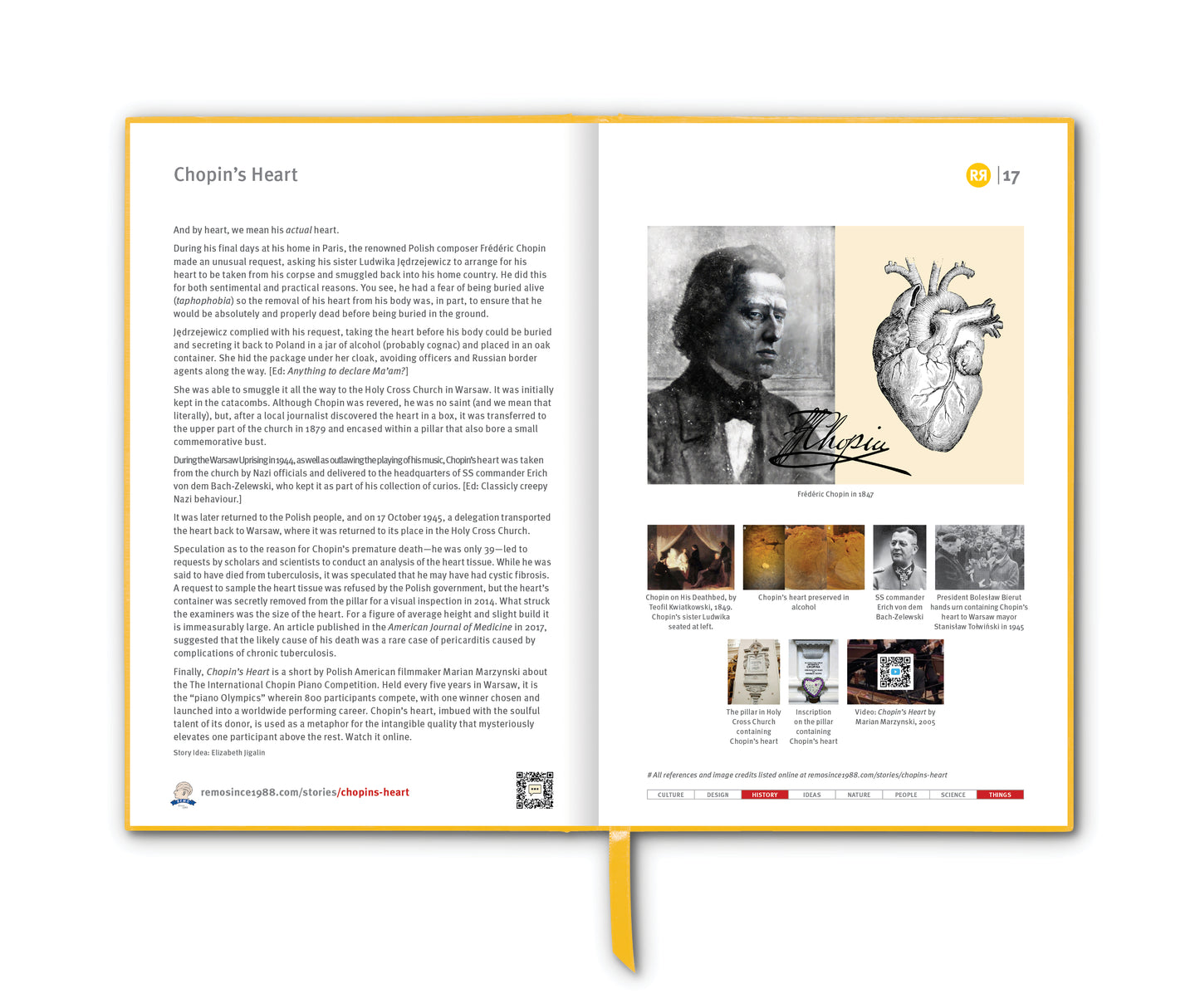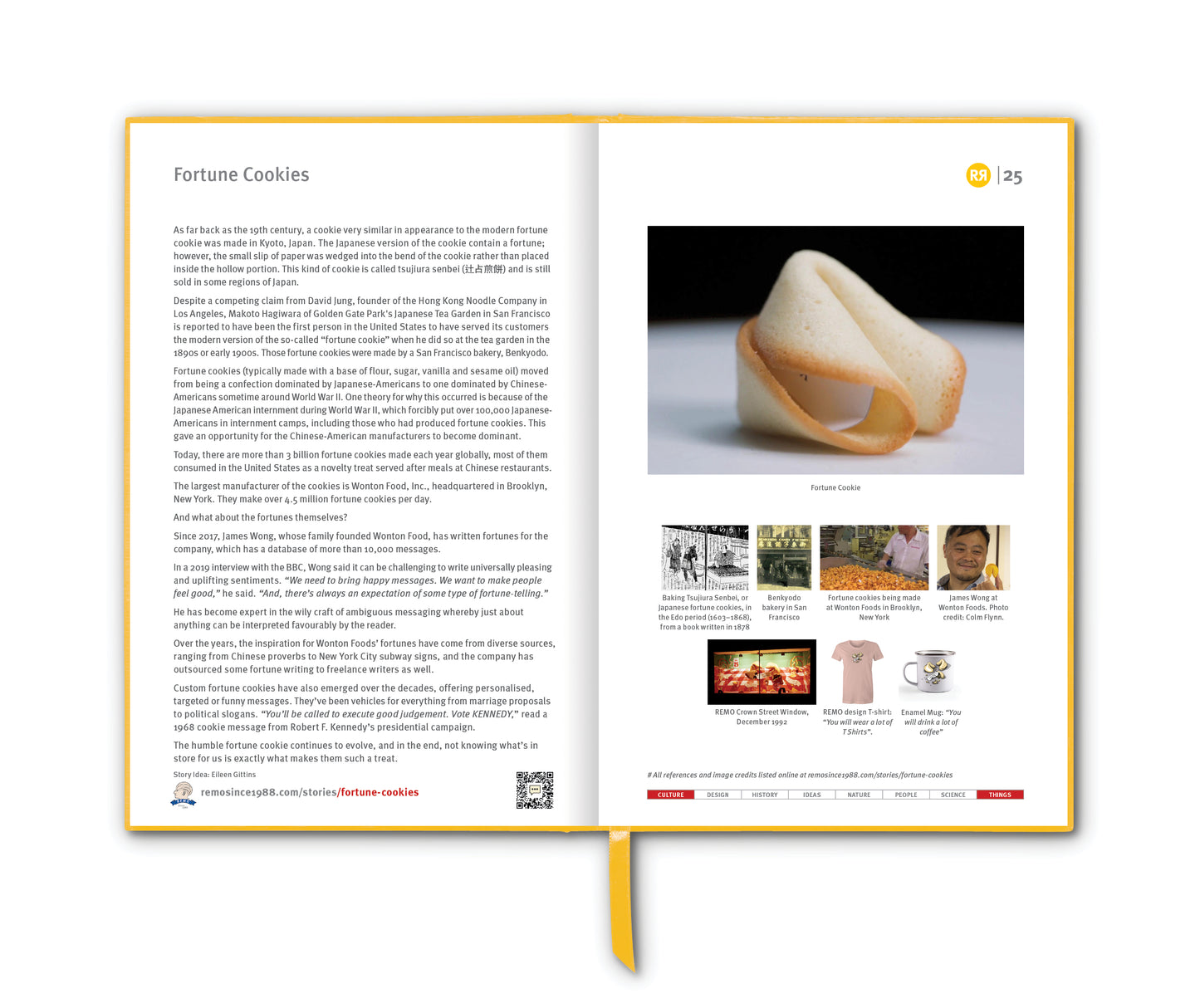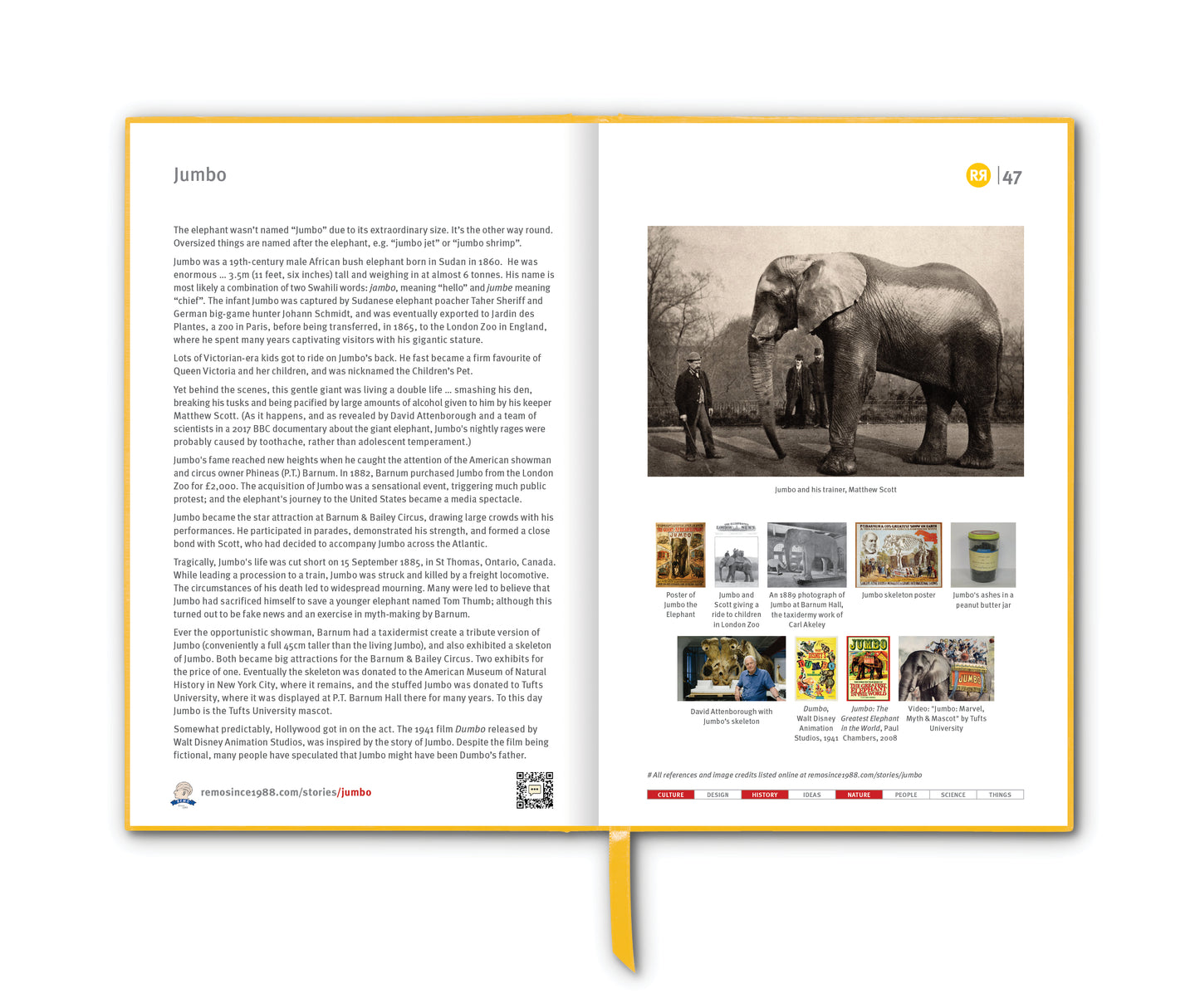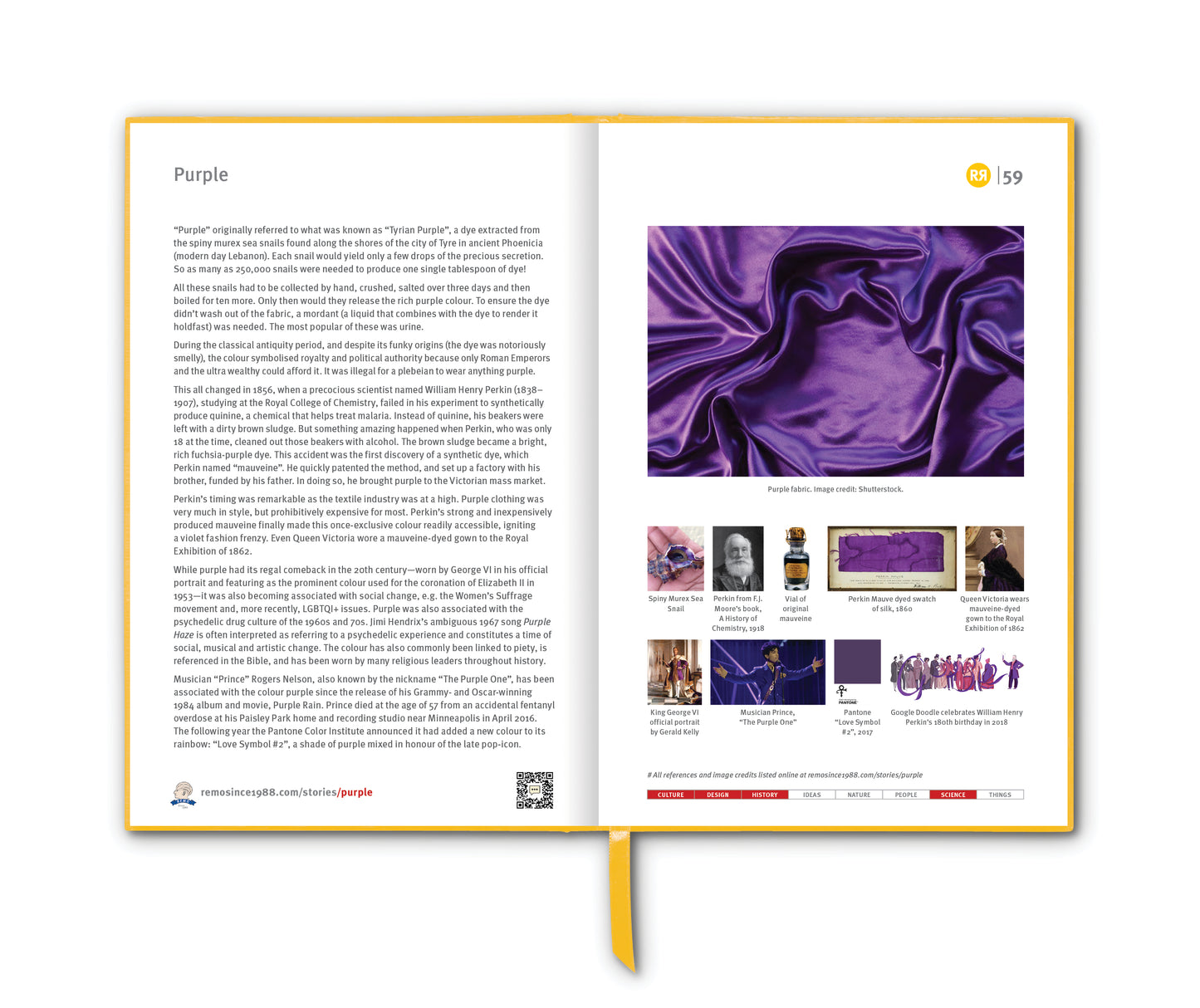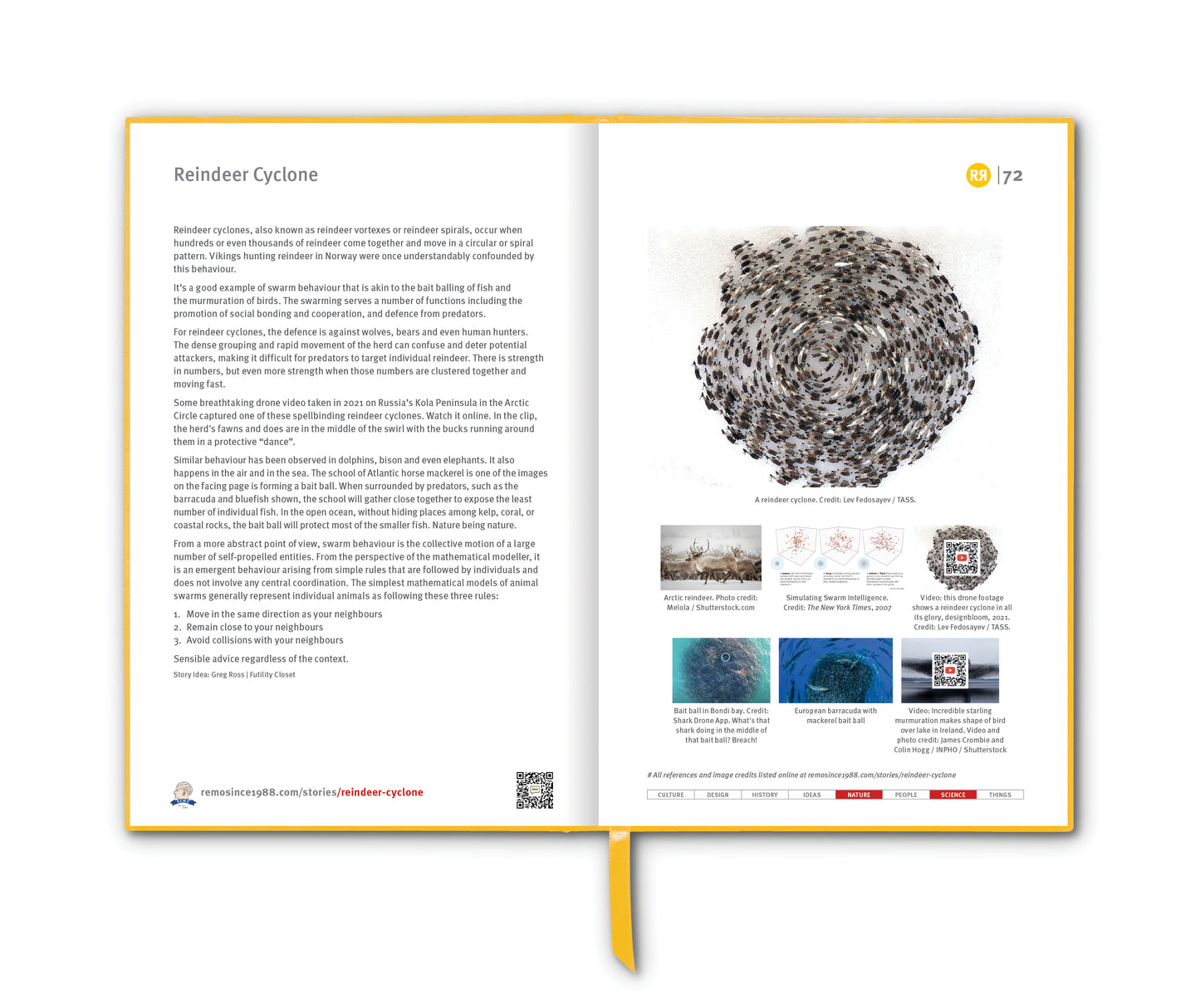The Ouija board is a tool used in spiritualistic practices and has its origins in the late 19th century. It is a flat board marked with the letters of the alphabet, the numbers 0 to 9, the words "yes", "no", occasionally "hello" and "goodbye", along with various symbols and graphics. It uses a small heart-shaped piece of wood or plastic called a “planchette” as a movable indicator to spell out messages during a séance. Participants place their fingers on the planchette, and it is moved about the board to spell out words.
The modern concept of the Ouija board can be traced back to the Spiritualist movement that gained popularity in the United States during the mid-1800s. Spiritualism was a belief system that held that the spirits of the dead could communicate with the living through mediums. These mediums would often conduct séances, attempting to contact the spirit world. In the early days of Spiritualism, mediums used various methods to communicate with spirits, including automatic writing and table-turning. During the Civil War, spiritualism gained adherents in droves, with many people desperate to connect with loved ones who’d gone away to war and never come home.
The Ouija board, as we know it today, was introduced in the late 1800s. The exact origin of the Ouija board is somewhat debated, but it is generally attributed to businessman Elijah Bond, attorney Charles Kennard and a medium named Helen Peters. In 1890, they obtained a patent for a "Toy or Game" called the Ouija board. The name "Ouija" is sometimes said to come from a combination of the French word "oui" (meaning "yes") and the German word "ja" (also meaning "yes"). However, a more likely source for the name is that it was the word that the board spelt out when Helen asked it to come up with a name for itself!
The Ouija board quickly gained popularity and became a commercial success. The Kennard Novelty Company, which was later renamed the Ouija Novelty Company, began producing and selling the boards. Over the years, ownership of the Ouija board trademark and production rights changed hands multiple times, but it remained a popular item.
The Ouija board's popularity has endured, and it has become a part of popular culture and folklore. It has been featured in countless movies, books, and various forms of media. While some people believe that the Ouija board can be used to communicate with spirits, others view it as a simple board game manifesting a psychological phenomenon known as the ideomotor effect, where subtle movements are unconsciously made by the participants.
The board’s prolonged success shows that it occupies a weird place in the popular culture, where it can be marketed as both mystical oracle and as family entertainment.
Story Idea: Remo Giuffré
______________________
Ouija Board exists in printed form as chapter 54 of RR#1 … available to order HERE
____________________________
References
wikipedia.org/wiki/Ouija
smithsonianmag.com/history/the-strange-and-mysterious-history-of-the-ouija-board
ChatGPT
Images
1. Ouija Board. Image Crredit: New York Tribune, 1919
2. Charles Kennard
3. Ouija Board illustration. Credit: iStock by Getty Images
4. San Francisco Chronicle Cover Story from 16 May 1920
5. The Ouija Board (1920) by Norman Rockwell
6. Modern Day Ouija Game by Hasbro
7. Ouija Mural in Austin Texas, 2018
